|
www.HearingDirectory.ca |
What to expect at a hearing test
By Christine De Luca, Au.D. Reg. CASLPO, and Shantelle Shakes, coordinator, Hearing Directory Last updated on: January 27th, 2025 A hearing test is the most important step in detecting, diagnosing and measuring hearing loss. Key points:
A hearing test in an important part of a hearing evaluation. Also known as an audiometry test, it can determine if you have a hearing loss and to what degree. In Canada, you can get an official hearing loss diagnosis with a hearing test. You'll need a hearing loss diagnosis from a licensed professional to buy hearing aids. Hearing loss can affect anyone. Often, its progression is so gradual, you can have symptoms for years and not link them to hearing loss. These include social isolation, cognitive decline and fatigue. Getting help early on can mitigate these symptoms. Even mild untreated hearing loss can impact your quality of life. 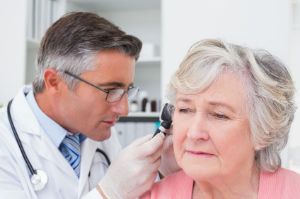
and easier than most people think. Test results are available immediately, too. How long does a hearing test take?A full hearing assessment usually takes an hour to complete. The assessment includes:
All together, these steps provide a comprehensive understanding of your hearing and how to care for it. 1. Your hearing health historyFirst, your hearing care provider will ask questions about your hearing history. These questions cover:
These questions will give your hearing professional insight into your hearing concerns and how they are affecting your daily life. Once your registration and case history is complete, your hearing test will begin. 2. Outer and middle ear examYour hearing professional will conduct a thorough examination of your outer ear. This includes the pinna (the outer ear), the ear canal and part of the tympanic membrane (eardrum). He or she will check the condition of your outer ear through the use of an otoscope. Otoscopes can look into the ear and determine if there is any wax in the ear canal that may restrict testing. It can also find any swelling due to conditions like allergies. Earwax buildup can prevent testing. Your hearing professional will remove the excess earwax in clinic or refer you to a professional for this service. Some general physicians perform earwax removal, so be sure to ask your doctor if he or she does at your next visit. Next, your hearing professional will proceed to check your middle ear. This is where your hearing professional can detect conductive hearing loss. (It is also where you'll find the three smallest bones in your body.) A tympanometer, a device that sends a “puff” of air and sound to the eardrum, measures how the eardrum “bounces back”. Your hearing professional will insert a soft rubber tip into your ear. In a few seconds, the device will generate a result. This evaluation helps determine if there are any abnormalities in the middle ear. 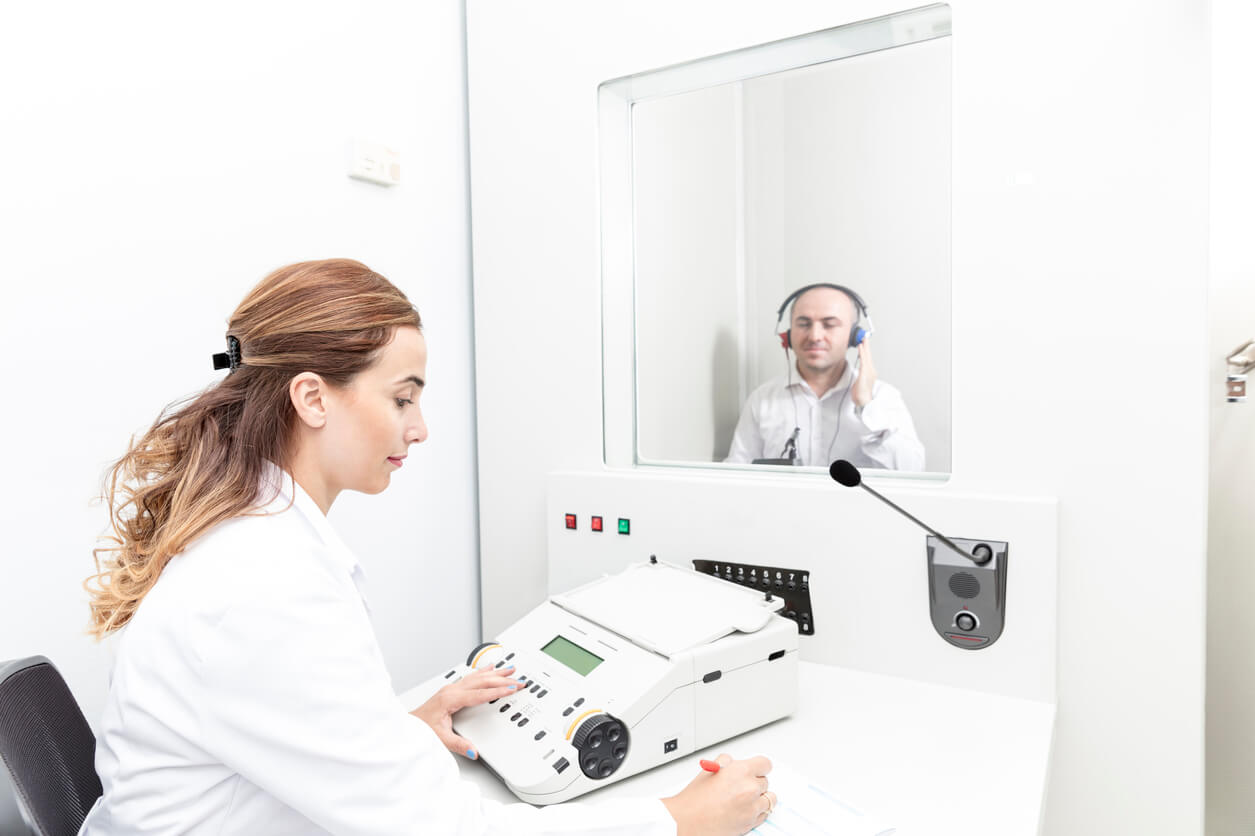
that is sound treated. 3. Pure-tone test (the actual hearing test)Your hearing professional will perform pure-tone air-conduction and bone-conduction testing. This typically takes place in a sound-treated booth. You'll put on special headphones or earplugs that connect you to the provider. The provider sits outside of the booth. During the pure-tone test, your hearing professional will play a series of sounds. Your hearing professional will ask you to press a button or raise your hand to find the softest tone you can hear. These tones may change in pitch (frequency). Some will sound like a low bass note and others will sound like a high treble note. 3. Testing your ability to hear speech and speech in noiseDuring speech testing, he or she will ask you to repeat a list of words given at different volumes. Speech tests help your hearing professional gauge how well you can decipher words. Your hearing professional may also play a series of sentences spoken over noisy backgrounds. These results help your hearing professional determine the best hearing loss treatment plan for you. 4. Your results are plotted on an audiogramThe entire process takes approximately one hour to complete. After, your hearing professional will review the results with you and answer any questions. The hearing professional will record these results on a graph called an audiogram. The audiogram will show if there is a hearing loss and to what extent. It's a good idea to keep copies of your audiograms as they can be useful to see how your hearing has changed. 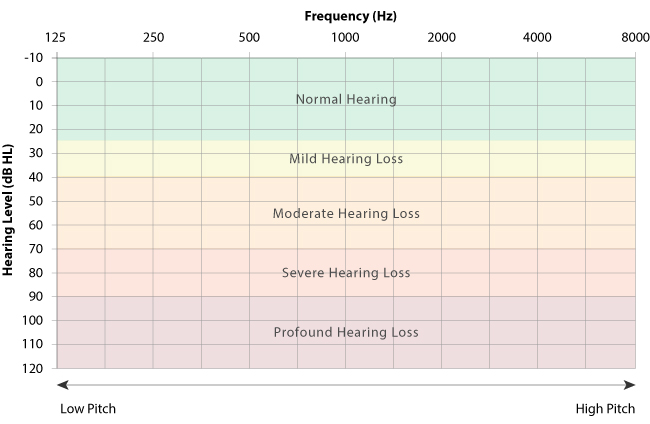
In simple terms, hearing loss is measured on the audiogram in two ways:
Pitch is charted on the x-axis by frequencies from low to high, and volume is charted on the y-axis. Near the top are the softest sounds, such as leaves rustling or water dripping from a faucet. These usually register under about 25 dB. The higher pitched sounds are to the right, such as birds chirping or children speaking. Those with high-frequency hearing loss see a dip in their chart on the right side of the audiogram. What are the five levels of hearing loss?Degrees of hearing loss are generally sorted into these categories:
Your degree of hearing loss may affect the types and styles of hearing aids you can use, if needed. Hearing tests for babies and childrenIt is important to identify hearing loss in childhood and seek intervention. If left untreated, hearing loss can impact speech, language and social development. It can also negatively affect success in education. There are many causes of hearing loss in children. These include, but are not limited to:
How are newborns screened for hearing?Most hospitals have tools that screen an infant’s hearing at birth. For example, the Infant Hearing Screening Program (IHP) in Ontario assesses newborns in the hospital. If there are any hearing issues, the hospital will refer the infant for further testing. There are several tests that may be performed on babies: Tympanometry: This is a test of middle ear health. Otoacoustic emissions (OAE): The hearing professional holds a device to the baby's ear that plays sounds. Any sounds that are “echoing” back can provide information about the health of the inner ear. The baby doesn't need to respond in any way. This makes it an easy way to test very young babies. Acoustic brainstem response (ABR): This test is commonly done as a screening process in hospitals during the infant's hearing screening. For this measurement, electrodes are placed on the baby’s forehead and back of the ears. Sounds (clicks and beeps) are presented to the ears and the output is a measurement of what the brain is hearing. These results will help determine what the baby can hear via the brain (or inner ear’s response/cochlea). These results can give a more detailed, specific level of hearing thresholds than the OAE. But more time and compliance from the baby is needed. For best results, it is recommended to test while the baby is sleeping. Testing in toddlers and kids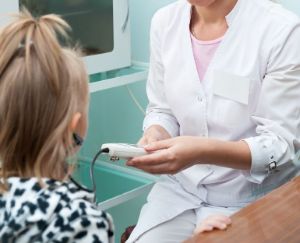
painless. For toddlers and kids, hearing professionals will begin a hearing assessment by reviewing the child's case history. Depending on the age of the child, this may be completed with the parent or caregiver, with the child, or both. This will help determine the nature of the visit. Next, the hearing professional will complete a thorough examination of the outer ear. They will then give a tympanometric assessment of the middle ear. The hearing expert may perform a pure tone audiometry and age-appropriate word test. If the child can use a button to respond to the pure tone “beeps,” the hearing professional will test them this way. If the child is less than two years of age or unable to complete the test, he or she can use visual reinforcement audiometry (VRA).1 In VRA testing, the child sits on the parent’s or caregiver’s lap or in a child seat in a sound booth. The hearing professional presents speech sounds through two speakers at opposite ends. The hearing professional will begin the test by playing a sound and a visual like a video or lit-up teddy bear. This stimulates the child to turn his or her head toward the direction of the display. It also “trains” the child to respond by shifting their head toward the sound source. Once the child learns what to do, the hearing professional will continue to play sounds. The sounds are at different frequencies to determine your child’s hearing profile. The hearing professional will get the results right away and review them with the parent or caregiver. Testing times can vary depending on the cooperation of the child and the complexity of the hearing concern. Should I have my child’s hearing checked at school?Yes. School screenings can determine potential hearing loss in children that may go unnoticed. Early hearing loss detection is critical at this age. Speech and language develops rapidly during this time. Screenings at school are often subject to fees. Many of them also have vision testing at the same time. School screenings typically only take a few minutes to complete. Parents and caregivers should not panic if the result is a "fail." Seek follow-up services for a more thorough examination of your child’s hearing. Hearing screenings are not official hearing tests.Hearing screenings are a quick way to assess how well you hear different sounds. Screenings are not as involved as a hearing test, but are still valuable. They can determine if someone will “pass” or “fail” at a within “normal” hearing limits on the audiogram. The hearing screening procedureFirst, there is an otoscopic examination. This is a visual inspection of the outer ear, ear canal and eardrum. Then, the patient puts in headphones or insert earplugs. A medical professional will test a few frequencies/tones at different decibel levels. If the patient responds, they will mark that tone as a "pass" and if they do not respond, they will mark it as a "fail." The hearing screening generates either pass or fail results. If you fail your hearing screening, you should get an official hearing test. This can give you an official hearing loss diagnosis. A hearing professional can provide you with a more comprehensive hearing test. This should be completed as soon as possible after the failed screening. Ask your doctor for a hearing screening if you have concerns about your hearing or that of a loved one. Online hearing testsSimplified hearing screenings are available online or via an application on mobile phones. But they do not replace a thorough examination conducted in a hearing clinic. they are a quick and an easy place to start. If you are hesitant about booking a hearing test an online hearing test may be a good place to start. There are two types of online or mobile application-based hearing tests:
Online hearing tests can give a rough estimate of your hearing level. They do not replace a hearing assessment from a hearing professional. You can bring your online hearing test results to your hearing test appointment. The hearing healthcare centre can keep a record of it in your case history. What are normal hearing test results? Ask your hearing professional.After the test, your hearing professional will help you understand your results. This is the time to ask any questions. Your hearing professional may also provide a prescription and/or recommendation. Within 48 hours, your hearing professional may contact you to ensure you've understood your results. He or she will ask if you have any further questions they can answer. It is also helpful to discuss the results of your hearing test with friends or family. They can help you understand your hearing test results and treatment options. They can also provide support. When should I start testing my hearing?If you have a high hearing loss risk, you should get your hearing tested. High risk includes those who:
A baseline hearing test is the first step to better hearing health. Remember, hearing loss can affect anyone and is a common health concern. You are not alone and there is help. Many hearing clinics offer free hearing tests for adults. Visit our directory to book a hearing test near you. References
|
|
www.HearingDirectory.ca |
What to expect at a hearing test
By Christine De Luca, Au.D. Reg. CASLPO, and Shantelle Shakes, coordinator, Hearing Directory Last updated on: January 27th, 2025 A hearing test is the most important step in detecting, diagnosing and measuring hearing loss. |
 Are you located in the United States?
Are you located in the United States?

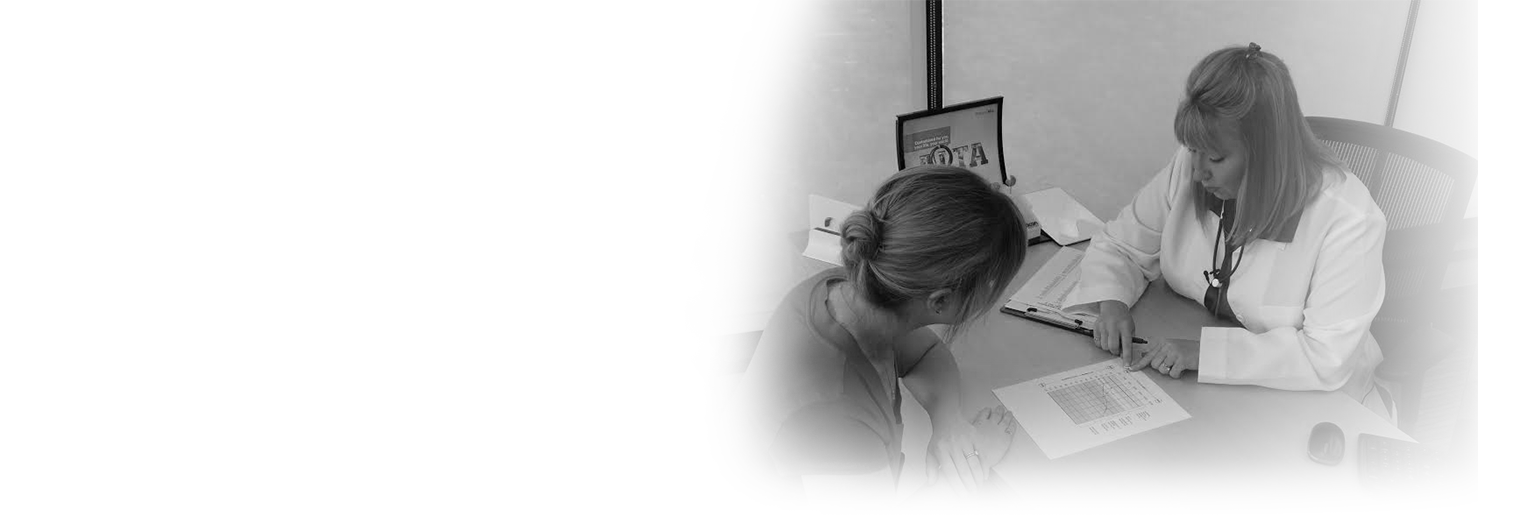
 Contributing author Christine De Luca earned her doctorate in audiology from Arizona School of Health Sciences. She practices as a full-time clinical audiologist and regional manager at a major private practice hearing clinic. Christine is guided by her extensive experience in hearing research to provide quality hearing care to people with hearing loss. As a research assistant, she studied the effects of audition and psychology in the Human Communication Laboratory Psychoacoustics department at the University of Toronto. Later, as a research audiologist, she worked to collaborate and investigate the effects of audition and cortical function with senior participants at the University of Toronto, Mississauga campus. Christine is registered with the College of Audiologists and Speech-Language Pathologists of Ontario.
Contributing author Christine De Luca earned her doctorate in audiology from Arizona School of Health Sciences. She practices as a full-time clinical audiologist and regional manager at a major private practice hearing clinic. Christine is guided by her extensive experience in hearing research to provide quality hearing care to people with hearing loss. As a research assistant, she studied the effects of audition and psychology in the Human Communication Laboratory Psychoacoustics department at the University of Toronto. Later, as a research audiologist, she worked to collaborate and investigate the effects of audition and cortical function with senior participants at the University of Toronto, Mississauga campus. Christine is registered with the College of Audiologists and Speech-Language Pathologists of Ontario.
 Shantelle Shakes is the coordinator for Hearing Directory. She has over nine years of experience in the health industry, with eight of those years in hearing healthcare. After graduating from York University with an honours BA in professional writing, minor in creative writing, Shantelle began her marketing career with a major hearing healthcare provider. Through a variety of roles within that company, Shantelle gained a thorough understanding of hearing health and the client experience. She aims to use her knowledge of the industry as well as her communications background to help others understand their hearing and connect with the hearing care they need.
Shantelle Shakes is the coordinator for Hearing Directory. She has over nine years of experience in the health industry, with eight of those years in hearing healthcare. After graduating from York University with an honours BA in professional writing, minor in creative writing, Shantelle began her marketing career with a major hearing healthcare provider. Through a variety of roles within that company, Shantelle gained a thorough understanding of hearing health and the client experience. She aims to use her knowledge of the industry as well as her communications background to help others understand their hearing and connect with the hearing care they need.